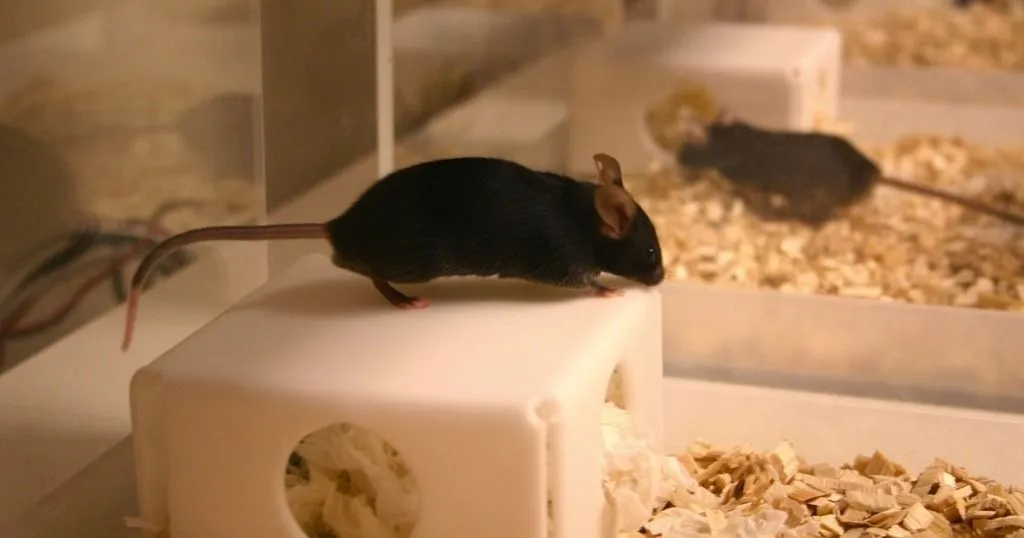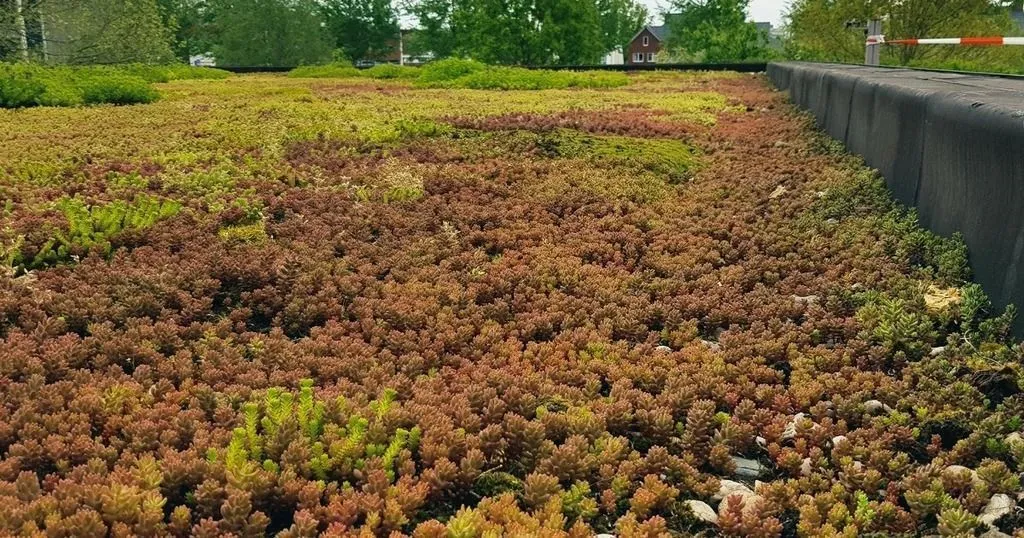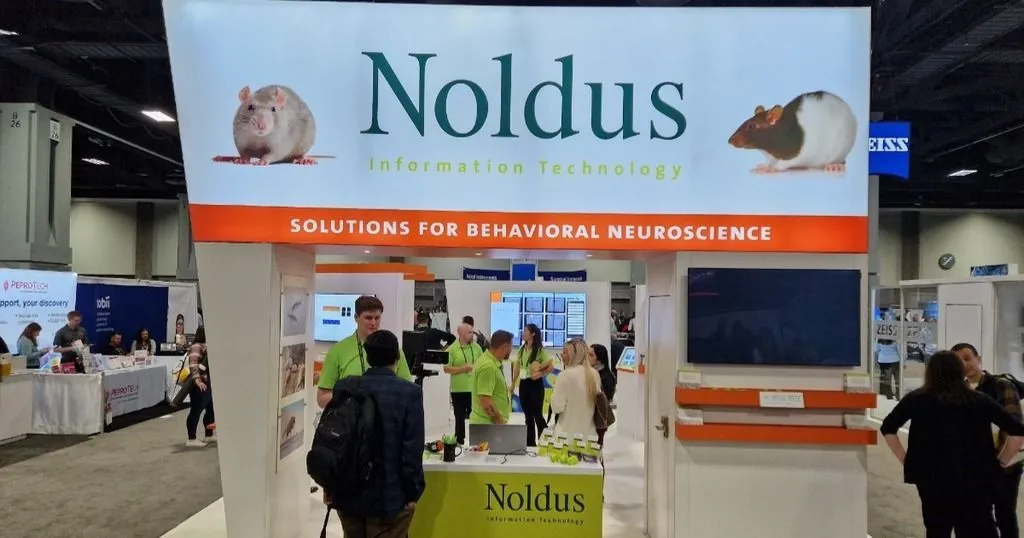Video tracking makes bird watching much easier
Everyone with children knows the phenomenon that what is good for a child is not always the best for a parent. The same counts for birds.
Posted by
Published on
Thu 01 Jun. 2017
Topics
| Birds | EthoVision XT | Video Tracking |
Parent-offspring conflict
Everyone with children knows the phenomenon that what is good for a child is not always the best for a parent. Although having children may be the best that can happen to someone, caring for a young child often conflicts with the parent’s need for rest. The same counts for birds, the more effort parent birds put into feeding their chicks, the more chicks survive. However, this comes at a cost. The parents themselves spend energy and risk predation. On the other side, lowering the effort in feeding the chicks is bad for the chicks but good for the parents. Somewhere along that line there is an optimum in the amount of care at which the offspring over generations is maximal.
Bird watching is tedious
Inter- and intraspecific variation in parental care in birds is well studied in several bird species. It is relatively easy to determine the effort of parent birds to bring food into the nest. And determining the survival of offspring is also not too difficult. However, easy is definitely not the same as quick. Nesting observations are incredibly tedious and time consuming. Even if the nesting behavior is recorded on video, analyzing the behavior takes a lot of time.
Can video tracking replace bird watching?
For this reason, Dean Evans [2] and colleagues investigated whether nesting observations for Mountain Bluebirds (Sialia currucoides) could be automated using video tracking software. They first examined whether flight activity of free-living birds near their nests could automatically be analyzed using the video tracking software EthoVision XT. Then they compared these data with manual observations of food provisioning events.
Video tracking makes life easier and faster
The authors were able to successfully analyze the bird flight behavior with EthoVision XT. The automatically obtained results matched those obtained by manual observers. The number of errors made with both methods was very low and did not differ between methods. But most importantly, the analysis time was reduced with up to 69 %. As an example, manual analysis of 1 hour video takes on average 52 minutes for an unexperienced manual observer. For an experienced observers, this time is lower, on average 26 minutes. However, analysis with EthoVision XT is even faster, 16 minutes per hour of video.
Concluding
In conclusion, video tracking is a very promising tool for research on parental care in birds. This will make it much easier for birdwatchers to further unravel evolutionary concepts in bird species.
- https://en.wikipedia.org/wiki/Parent%E2%80%93offspring_conflict
- Evans, D.R., McArthur, S.L., Bailey, J.M. et al. J Ornithol (2015) 156: 1125. doi:10.1007/s10336-015-1267-5
Related Posts

Brain waves and behavior: sleep to learn

How we turned our office into a living lab with a green roof

